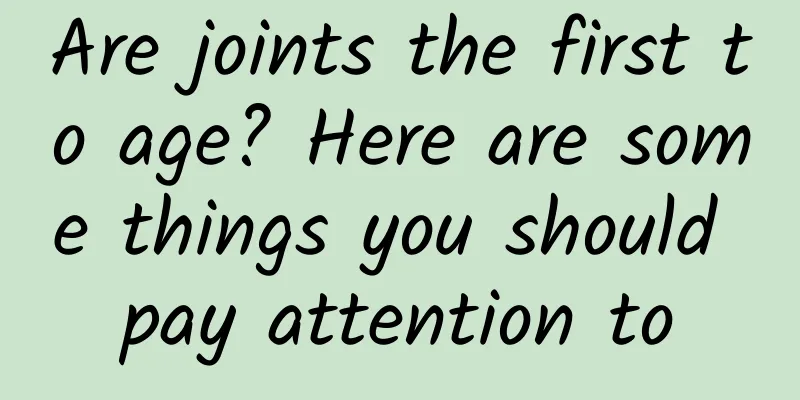What are the symptoms of posterior uterine wall fibroids?

|
Many women have problems with their uterus, big or small. Therefore, in daily life, we must pay attention to protecting the health of the uterus and preventing uterine diseases. In today's society, many women suffer from posterior uterine wall fibroids. This disease is very harmful to women's health and requires timely treatment. So what are the symptoms of posterior uterine wall fibroids? Uterine fibroids are a common benign tumor that occurs in the female reproductive organs. They are also called uterine leiomyoma. The symptoms are not obvious. Traditional Chinese medicine believes that they are caused by qi stagnation, blood stasis, and organ dysfunction. Uterine fibroids are more common in the form of multiple tumors of varying sizes, while single large tumors are rare. About 1/3 of patients are asymptomatic, while the remaining 2/3 may experience irregular menstruation, excessive menstrual bleeding or dysmenorrhea. It can lead to increased menstrual volume, prolonged menstrual period, and increased leucorrhea. If the fibroids are large, it can cause compression symptoms: frequent urination, urgency, urinary incontinence, lower abdominal pain, constipation, etc. Some patients with large tumors may experience symptoms such as lower abdominal traction, pain, and lumps. At present, hysteroscopy and laparoscopy are the first choice for surgical treatment of uterine fibroids. This surgery is a minimally invasive technique and does not require laparotomy, so it causes minimal trauma to the patient and allows for a relatively fast recovery after surgery. The incision does not need to be sutured and will not leave scars. It is recommended to start treatment after menstruation is over. Generally, for small fibroids (<3cm), if there are no symptoms, observation and close follow-up can be adopted, and B-ultrasound should be checked every 3-6 months. Clinically, fibroids of 5CM in size are generally considered as surgical indications. However, for those who want to have children, 3CM in size is also considered as a surgical indication. It is recommended that you go to a specialist hospital and ask experienced doctors to help make a diagnosis to avoid misdiagnosis and affect the treatment effect. There are various symptoms of posterior uterine wall fibroids. After reading the detailed answers in this article, everyone will have an understanding. So after we understand the symptoms of posterior uterine wall fibroids, we must pay attention to timely prevention of the disease, and if the disease occurs, we must go to the hospital for regular treatment in time. |
<<: Why does a woman’s vaginal discharge contain blood?
>>: What causes yellow leucorrhea and lower abdominal pain?
Recommend
Leucorrhea smells bad after menstruation
The female lower body is a place that is very sus...
How to preserve chestnuts to keep them fresh for a longer time? What foods should not be eaten with chestnuts?
Chestnuts contain a lot of vitamins, starch, ribo...
Are tampons comfortable to use?
Ever since women started menstruating, they have ...
Can donkey-hide gelatin cure cancer? The health supplements you think have magical effects may not be very effective
Are expensive vitamins better than cheap ones? Ca...
My period is over and I'm bleeding again
As we all know, menstruation is a way for women t...
These are the best foods for women with kidney deficiency. If you don’t believe me, try it!
Nowadays, people are under great pressure in life...
After drinking cold medicine, the 27-year-old boy suffered severe liver damage!
It was just a common cold, but after taking cold ...
Will it have any effect if I wear the mask upside down? What will happen if I wear the mask upside down?
We all know that masks are in short supply recent...
Tips to stimulate menstruation
For female friends, there are always a few days e...
How to choose pine nuts? Will eating pine nuts cause internal heat?
Pine nuts are also called "open pine nuts&qu...
What are the symptoms of stomach pain in women
Symptoms of stomach pain in women include abdomin...
Eating 2 handfuls of “young” soybeans every day has 6 great benefits for your body!
Author: Xue Qingxin, registered dietitian Reviewe...
How to boil pepper water to treat gynecological diseases
Due to various reasons, some body moisture will a...
Is dysmenorrhea hereditary in girls?
Menstruation brings both joy and worry to women, ...









